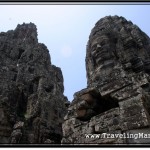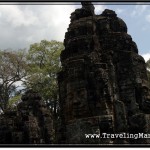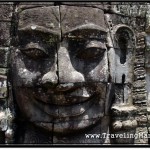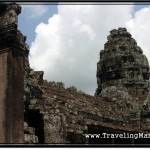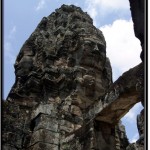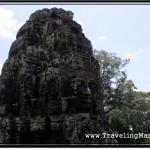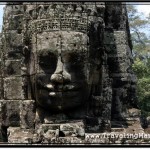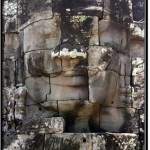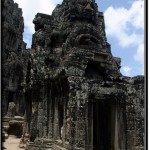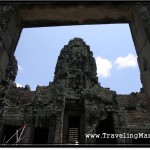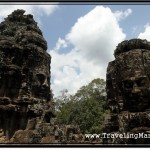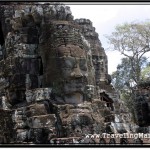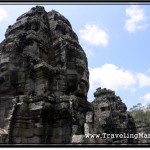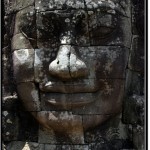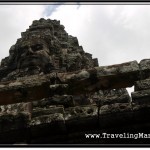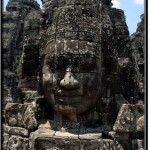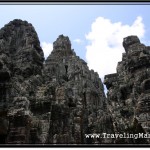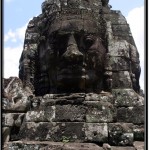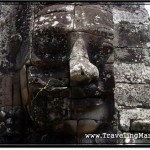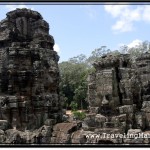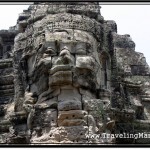Twelve stone towers on the east side of the road, opposite the Royal Palace area are called Prasat Suor Prat. Five of the Suor Prat Towers are on the left and five on the right side of the Victory Way (road connecting the Royal Palace with the Victory Gate) and face the Royal Palace, while additional two are placed further back and face each other. They are each square in plan and identical to one another. Atypically, aside from main entrance doors with a porch, there are also windows on each of the remaining three walls.
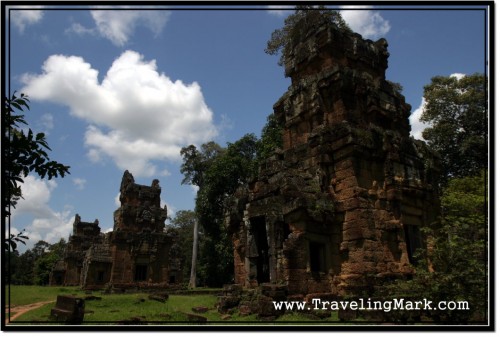
Prasat Suor Prat Towers were likely built in early 13th century during the reign of king Indravarman II. Their exact purpose is unknown and left for speculation. Their current name, when translated from Khmer language means “Towers of the Rope Dancers” suggesting that the towers may have been used by tightrope walkers as entertainment spectacle for the royals who’d be viewing it from the Terrace of the Elephants.
However according to the account made by the Chinese emissary to Cambodia Zhou Daguan, the Prasat Suor Prat Towers were used as the celestial judgment halls used to solve disputes. If two persons were in a dispute, they would be put in one of the towers each and forced to stay there while their family watches. After a few days one of the persons would have caught bad illness (mostly a fever or ulcer) signifying that this is the person who’s in the wrong, whereas the person in the right would come out perfectly well.
Aside from potentially interesting legends surrounding the Prasat Suor Prat Towers there is little of interest there. I barely spent a few minutes with these towers – just took a couple of pictures and moved on.
